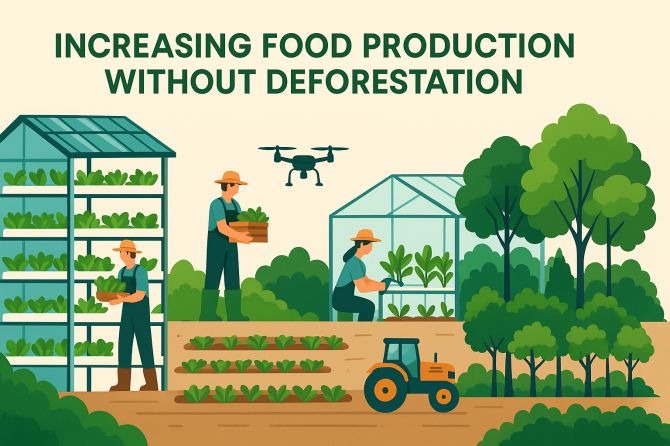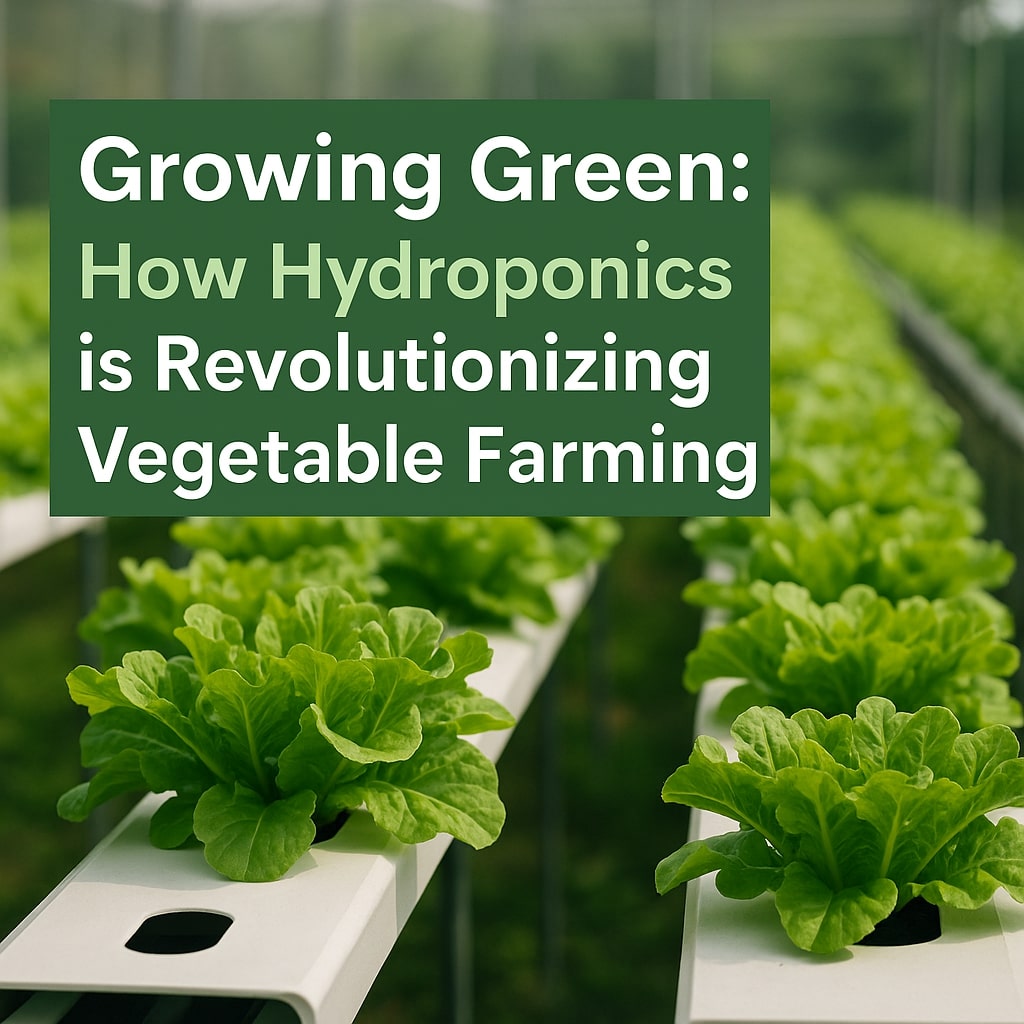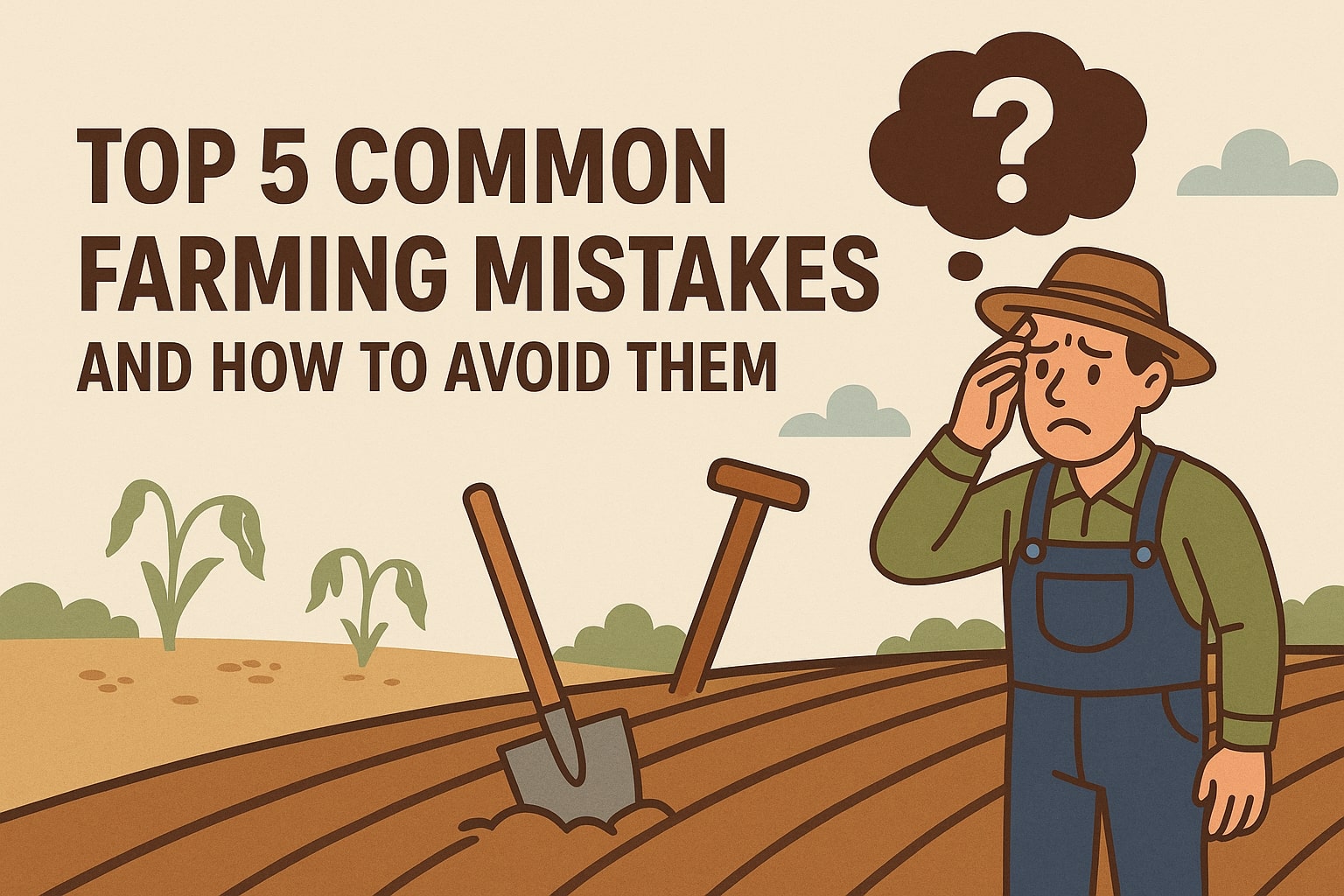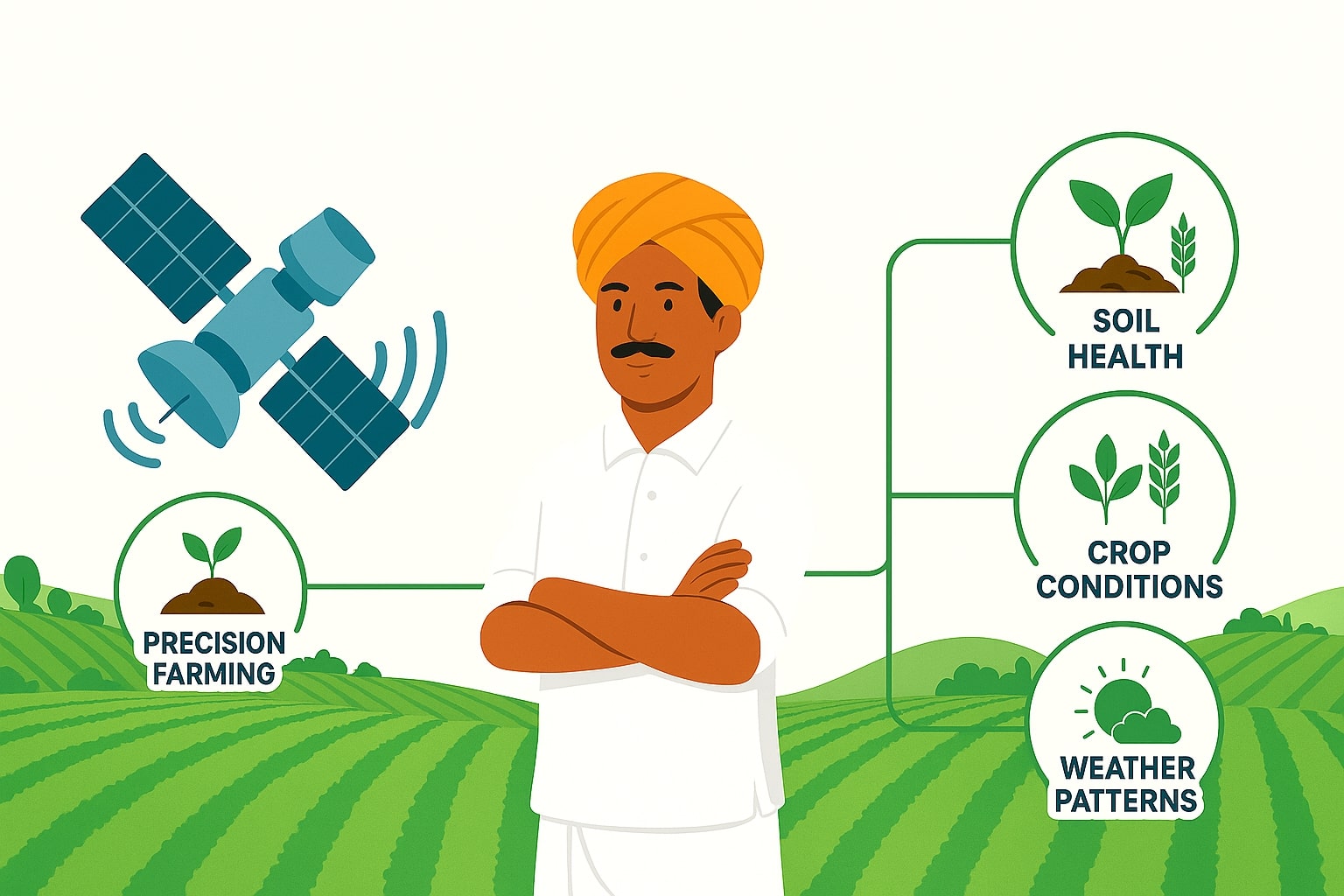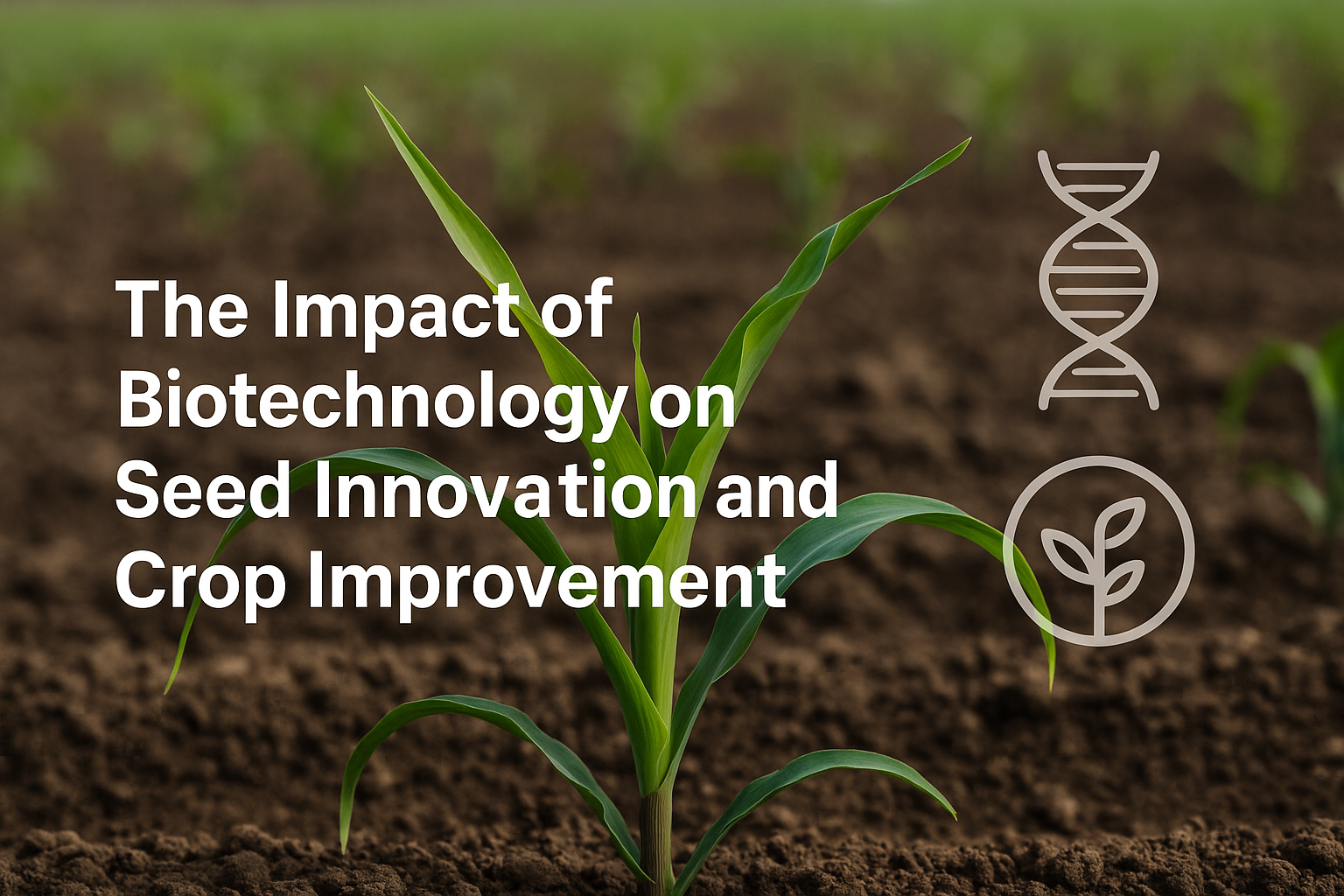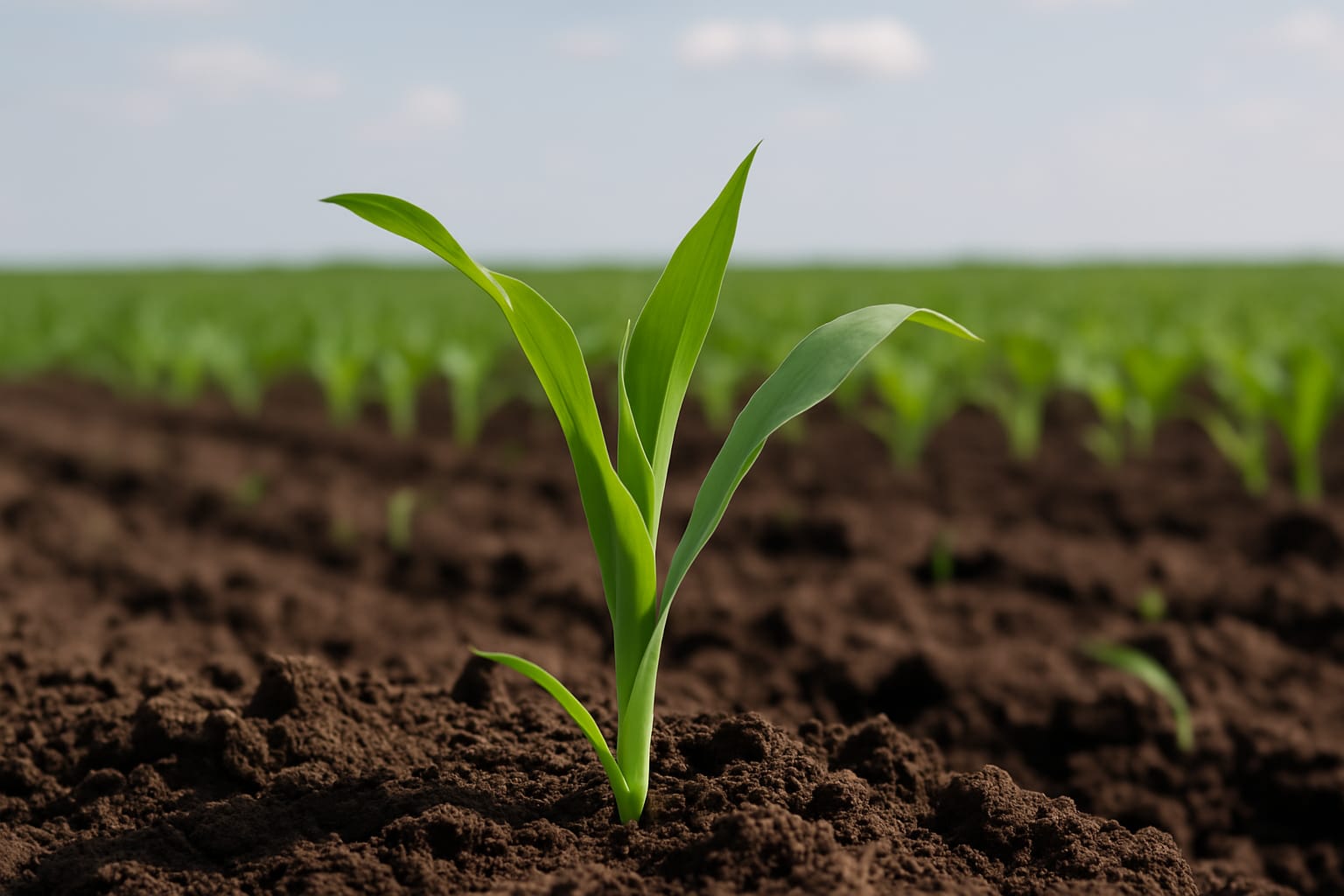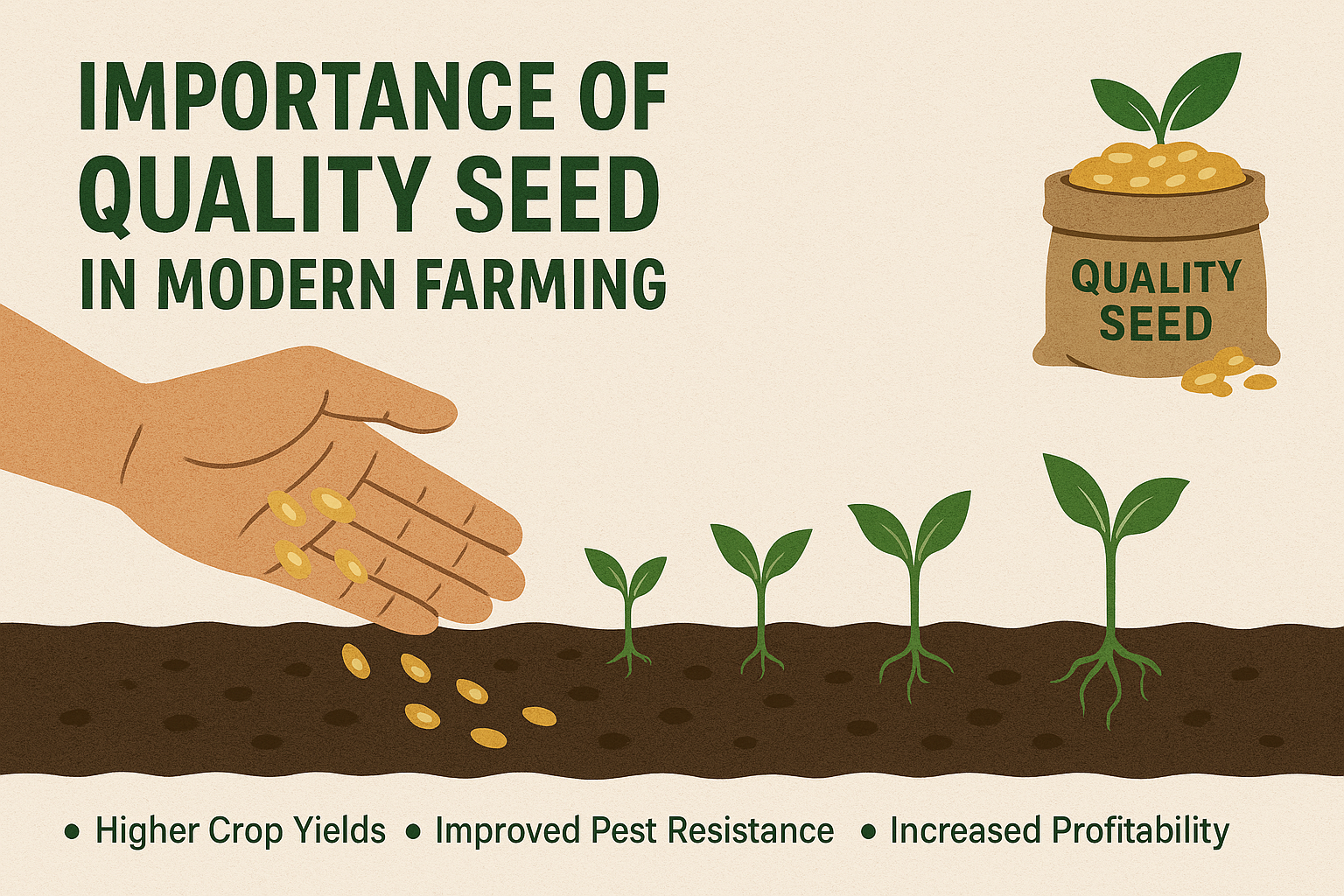As the world’s population keeps growing, the demand for food is rising faster than ever before. According to the United Nations, we will need to produce about 60% more food by 2050 to feed an estimated 10 billion people. But the problem is, clearing forests to create more farmland isn’t a practical solution. Deforestation directly leads to climate change, loss of biodiversity, and soil erosion. So, how can we increase food production without harming our forests?
Let’s explore the sustainable alternatives.
- Adopting Precision Agriculture-
Technology has opened the doors to smarter farming. Precision agriculture uses data, sensors, drones, and AI tools to monitor crop health, soil conditions, and water usage in real time. This enables farmers to deliver the appropriate levels of inputs—such as water, fertilizers, and pesticides—precisely where and when they are required, maximizing yields without increasing farmland.
- Improving Crop Yields Through Better Practices-
Instead of opening new land, we can emphasize improving productivity on the existing farms. Methods such as crop rotation, intercropping, and integrated pest management increase soil health and decrease dependency on chemical inputs. Educating farmers in these techniques can result in increased yields sustainably.
- Investing in High-Yielding and Climate-Resilient Seeds-
New seed technology has brought in drought-resistant, disease-resistant, and high-yielding varieties that can yield more per acre. These seeds minimize the demand for additional land while guaranteeing food security, particularly in climate change-prone areas.
- Reducing Food Waste-
Across the world, a third of food produced is wasted or lost. Minimizing post-harvest losses with improved storage, transport, and infrastructure can largely alleviate the need to produce additional food. Less land is required to produce the food when there is less food waste.
- Promoting Agroforestry and Mixed Farming-
Agroforestry—tree cultivation with crops or livestock—is enhancing land use and biodiversity and preserving forests in their natural state. Not only does this system save the environment, but farmers also gain new sources of income from fruits, nuts, or wood.
- Promoting Urban and Vertical Farming-
Urban farming, hydroponics, and vertical farming are transforming city food production. Close-to-consumption food production helps reduce costs of transportation, land saving, shorter supply chains, and provision of greenspaces within the urban environment.
- Policy Support and Farmer Education-
Governments, NGOs, and agri-tech companies must work together to create policies that support sustainable agriculture. Providing farmers with access to credit, insurance, and training in eco-friendly farming methods will help them shift away from practices that lead to deforestation.
Increasing food production doesn’t have to come at the cost of our forests. With a blend of traditional knowledge and modern innovation, we can create a food system that nourishes both people and the planet. It’s not just about growing more—it’s about growing better.
